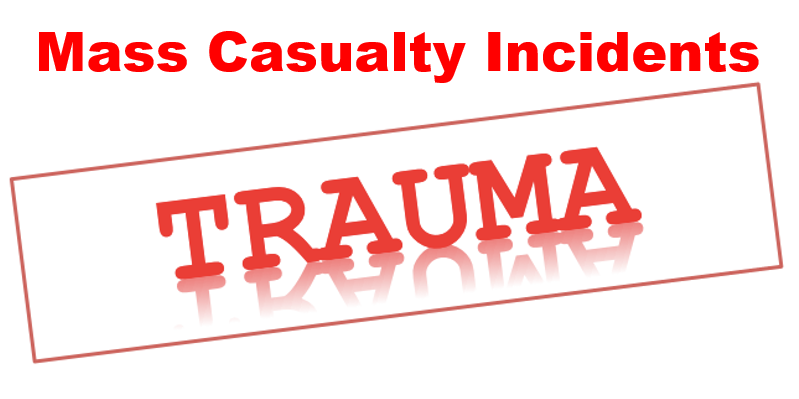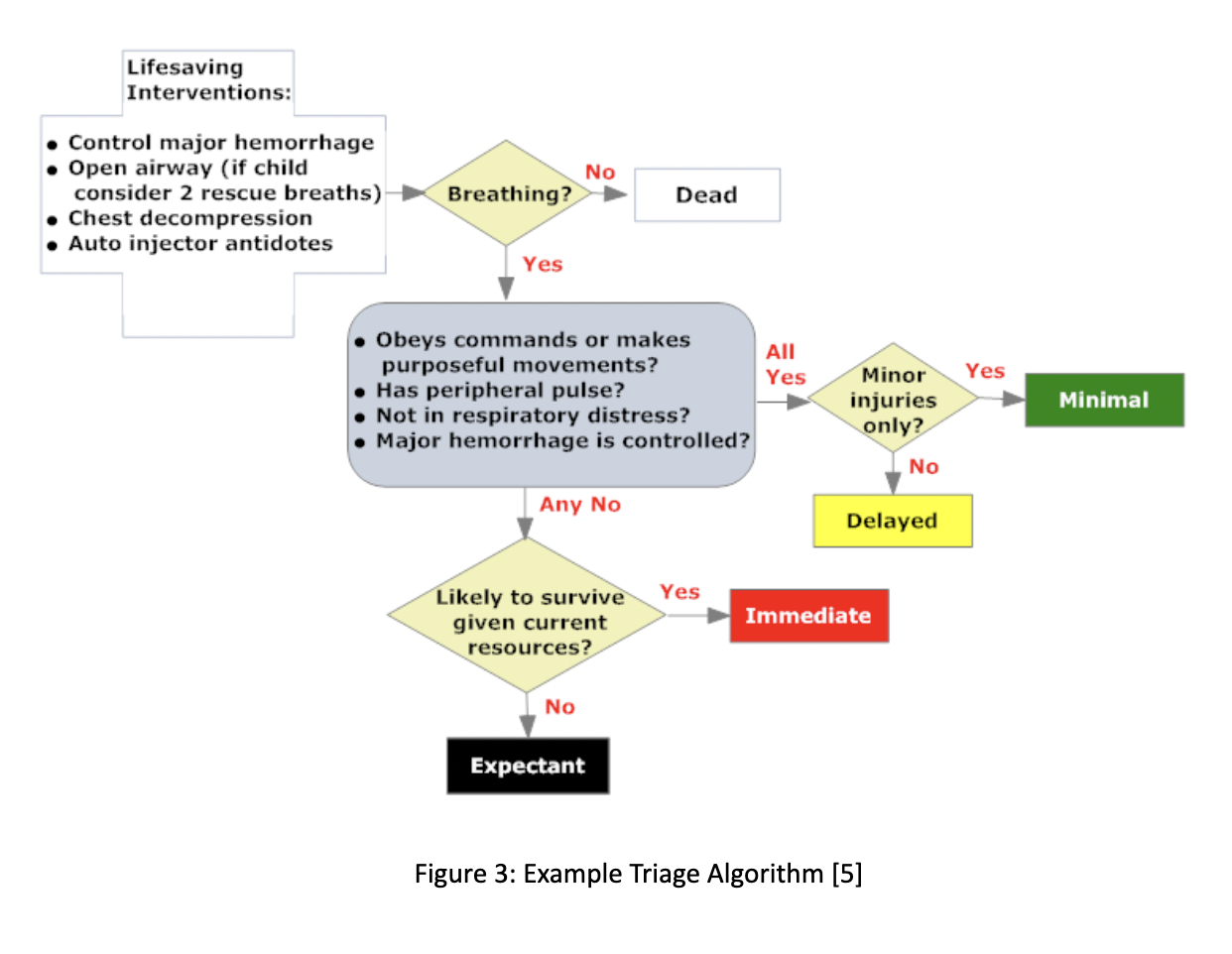Written by: Pranav Kaul, MD (NUEM ’25) Edited by: Gabrielle Bunney, MD, MBA (NUEM ’22)
Expert Commentary by: Luke Neill, MD, MBA (NUEM ’20)
Hospitals and acute care medicine are historically inseparable. However, with hospital-based care totaling nearly one-third of national health expenditures in the United States annually, increasingly limited bed capacity1, and evidence suggesting hospitalizations are unsafe for many elderly patients2, it is no surprise that administrators and policymakers are seeking innovative alternatives to inpatient medicine.
Currently, for some of the most common conditions, that alternative exists. The acute hospital care at home or “AHCaH” model seeks to bring acute care services (e.g. continuous monitoring, 24-hour provider availability, intravenous medications) to the patient’s home in an effort to allocate health system resources more appropriately relative to patient needs. New evidence suggests that the “hospital at home” model may have cost and quality benefits over traditional hospitalization, strengthening the push for this approach to be adopted more widely. Today, we examine a 2020 randomized-controlled trial from Annals of Internal Medicine comparing the impact of a home hospitalization pilot program on cost and quality of care.
Study: Hospital-Level Care at Home for Acutely Ill Adults: A Randomized Controlled Trial
Study Design: Parallel design, randomized controlled trial
Population:
91 adults (43 home and 48 control) admitted via the emergency department with selected acute conditions
Intervention:
Acute care at home including nurse and physician home visits, intravenous medications, remote monitoring, video communication, and point-of-care testing
Outcome Measures:
Primary: total direct cost of acute care episode (sum of non-physician labor, supplies, medications, and diagnostic tests)
Secondary: health care use, physical activity during the episode and at 30 days
Results:
Primary: 38% lower adjusted mean cost for home patients vs control including fewer diagnostics and consultations.
Secondary: Smaller proportion of day spent sedentary or lying down; fewer 30-day readmissions (7% vs 23%)
Discussion/Conclusions:
This study sought to compare cost, quality, and experience outcomes between patients who received “home hospital care” and those who were admitted to the hospital. Using broad inclusion and exclusion criteria that incorporated physician judgment, patients were enrolled and randomized to either the intervention (home hospital care) or control (inpatient hospital) at admission.
When comparing costs, the intervention group had a 38% lower adjusted means cost than the control, including fewer laboratory orders, imaging studies, and consultations. Moreover, patients who received acute care at home had significantly lower 30-day readmission rates (7% vs. 23%). Overall, quality and patient satisfaction outcomes were largely similar between the two groups.
Despite these promising results, home hospital care is an evolving field of research that warrants further investigation. While this study suggests that cost and readmission reductions can be achieved without compromising care quality, it is important to recognize its limitations. Inclusion and exclusion criteria were dependent on subjective assessments by admitting providers, which limits generalizability of the findings. Without a standardized protocol to select appropriate patients, it will be challenging to implement. Among patients that were selected for inclusion, approximately 63% opted out of the study. A broad set of conditions were included without any stratification, and patients were carefully selected for “low risk of clinical deterioration.” Consequently, the small sample size and case distribution may have also limited the study’s power and ability to accurately capture safety events in either group.
Home hospital care presents many possible advantages to patients, payors, and providers, but it continues to seek comprehensive and generalizable data to support its widespread implementation. Studies such as this one provide a strong foundation for further research into this area through larger trials and systematic reviews.
References:
1 Horwitz LI, Green J, Bradley EH.US emergency department performance on wait time and length of visit. Ann Emerg Med. 2010;55:133-41. [PMID: 19796844] doi:10.1016/j.annemergmed.2009.07.023
2 Hung WW, Ross JS, Farber J, et al.Evaluation of the Mobile AcuteCare of the Elderly (MACE) service. JAMA Intern Med. 2013;173:990-6. [PMID: 23608775] doi:10.1001/jamainternmed.2013.478
3Levine DM, Ouchi K, Blanchfield B, Saenz A, Burke K, Paz M, Diamond K, Pu CT, Schnipper JL. Hospital-Level Care at Home for Acutely Ill Adults: A Randomized Controlled Trial. Ann Intern Med. 2020 Jan 21;172(2):77-85. doi: 10.7326/M19-0600. Epub 2019 Dec 17. PMID: 31842232.
Expert Commentary
Launched in 2020 by the Center for Medicare and Medicaid Services (CMS), the Acute Hospital Care at Home program allows patients to receive inpatient level care within their own home. A patient can be admitted to home through two main mechanisms:
The Patient can be admitted directly to home from the Emergency Department
A patient who was initially admitted to the floor can be transferred early to acute inpatient care at home to finish the remainder of their admission.
In order to begin enrolling patients in the program, each individual hospital must submit an Acute Hospital Care At Home Waiver to CMS and receive approval. Northwestern Memorial Hospital received approval for the waiver back on March 27th of 2021 and after spending a year building the infrastructure of the program, admitted the first patient into both our program and within Chicago on March 27th of 2022.
As of February 2024, there are now 131 systems including 313 hospitals in 37 states, and CMS closely monitors these programs. Health systems interested in the program can learn more here.
Unequivocal Program Benefits:
Acute Care at Home Models Reduce Costs - In general, acute care at home programs have realized savings of 30 percent or more per admission, while maintaining equivalent or better outcomes.1
Acute Care at Home Models Improve Quality – Quality results for care in the home are comparable to or better than those realized for facility-based care. Programs have demonstrated a reduction in readmissions, mortality, complications, and emergency department visits.2,3
Consumers Prefer to Receive Care in the Home – Home-based care is preferred by the overwhelming majority.4
Home-Based Models Contribute to Improving Disparities and Trust – Home-based models provide marginalized communities the option to conveniently receive care at home, which helps to reduce barriers to facility-based care such as access to transportation. Home-based care also promotes trust and communication between the patient and provider by removing institutional barriers and placing the interaction in a familiar setting.4
References
Adams D, et al. Initial Findings From an Acute Hospital Care at Home Waiver Initiative. JAMA Health Forum. 2023;4(11)Levine DM, et al. Acute Hospital Care at Home in the United States: The Early National Experience. Ann Intern Med. 2024 Jan;177(1):109-110.
Levine DM, et al. Hospital-Level Care at Home for Acutely Ill Adults: A Randomized Controlled Trial. Ann Intern Med. 2020 Jan 21;172(2):77-85.
Federman AD, Association of a Bundled Hospital-at-Home and 30-Day Postacute Transitional Care Program With Clinical Outcomes and Patient Experiences. JAMA Intern Med. 2018;178(8):1033–1040.
Leff B et. al. Satisfaction with hospital at home care. J Am Geriatr Soc. 2006 Sep;54(9):1355-63
Luke Neill, MD, MBA
Director, Hospital at Home Program
Emergency Medicine
Northwestern Memorial Hospital
How To Cite This Post:
[Peer-Reviewed, Web Publication] Kaul, P, Bunney, G (2024, May 20). Acute Hospital Care at Home. [NUEM Blog. Expert Commentary by Neill, L. Retrieved from http://www.nuemblog.com/blog/hospital-care-at-home


























